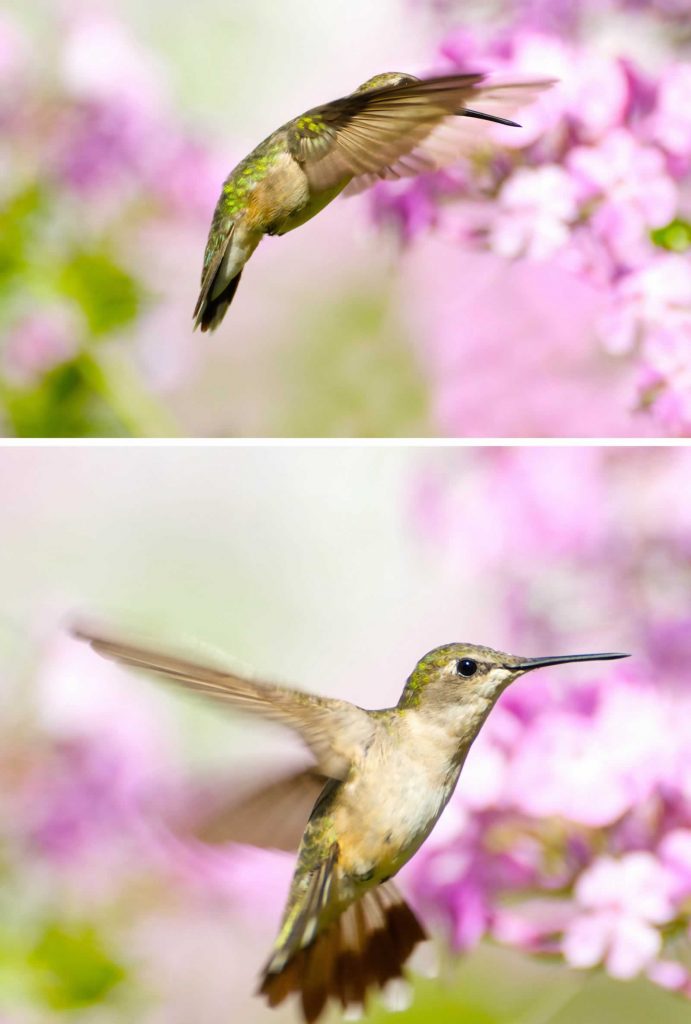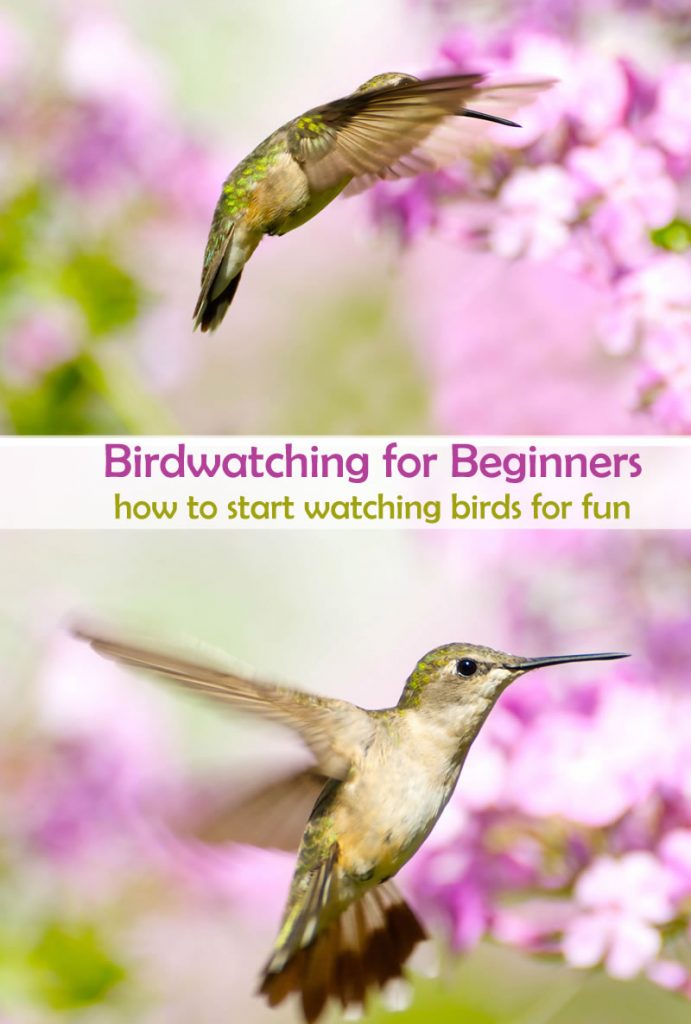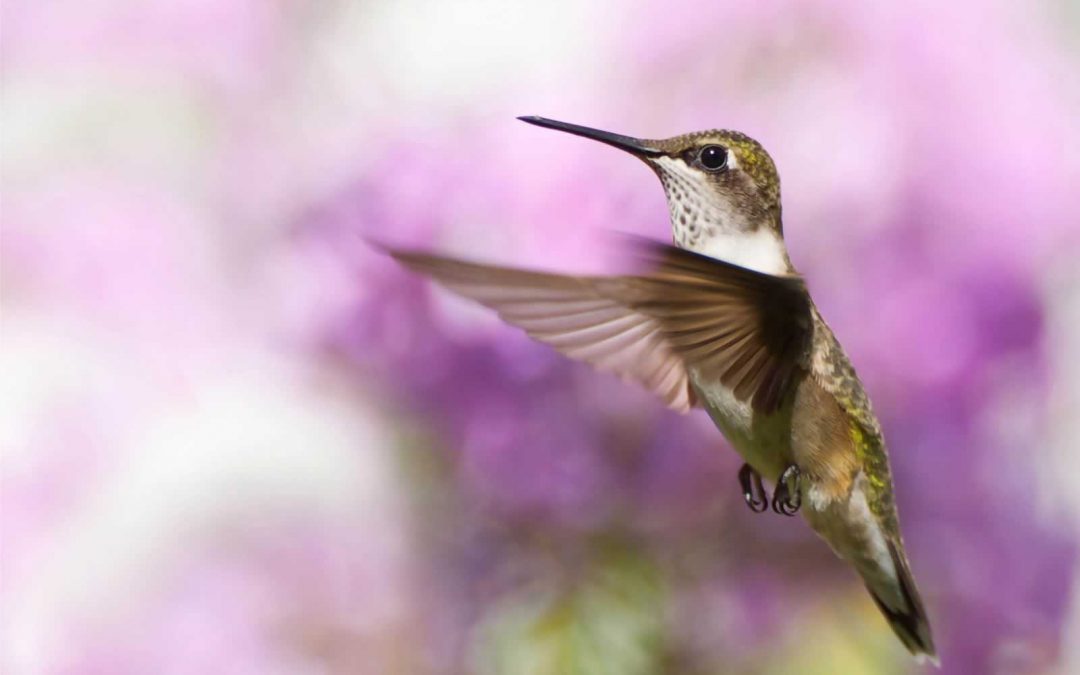Bird watching, or birding, is one of the most relaxing and rewarding things in the world. Watching birds and listening to their singing can help you fight depression and anxiety. You can watch birds with the naked eye almost everywhere in the world. However, a minimum of bird watching gear would make this activity more enjoyable and more rewarding.
As a birdwatching beginner myself, I like to have everything organized for the new season.
This bird watching 101 guide will allow you to stay organized and to prepare for the bird watching tours of 2021 (hopefully there will be some good ones to join). By reading this article, you’ll learn the following: what gear you need for birdwatching, how to dress for watching birds in the field, where to go to see birds, how to attract birds to your backyard and how to identify bird species by using your smartphone.
What Is Birdwatching?
As you can probably figure out yourself, bird watching is the activity of watching the birds in their natural habitat. You can do it for fun, for scientific purposes or for anything else that may come to mind.
Bird watching can be a great opportunity for you to teach your children how to identify birds and how to observe their behavior.

Whatever the reason why you go out there and spend hours watching birds, you’ll get instant reward. Birds are beautiful and inspiring. Their song is soothing and relaxing. You can’t but love them.
What Is the Difference Between Birding and Bird Watching?
Even though birding and bird watching seem to have the same meaning, to stare at birds you come across, some pros claim that the two terms are different in their essence.
Bird watching fans watch birds in their backyard, in their city or in any other places, without any focus on certain species. They don’t mind watching whatever birds come their way.
While bird watching is nothing but a pleasant hobby, birding requires a higher commitment and in-depth planning. Birding is bird watching with a rather scientific purpose.
Birders plan their bird watching trip around finding specific birds. Also, they learn how to attract certain bird species to their backyard, in order to observe them closely.
Furthermore, birders keep life lists, in order to know exactly when and where to go to find certain bird species. They even know what are the best times of the day for watching these birds. They live to discover and to add more bird species to their count portfolio.
Many wildlife photographers are also birders. They build shacks and shelters, they set the stage to attract different species of birds, and then they wait with their camera ready until kingfishers, gulls or owls come to them. Sometimes, they even operate their cameras remotely, via wi-fi, in order to avoid disturbing the birds.
How Do You Bird Watch?
To start with, it suffices to pay close attention to these lovely creatures while you walk, hike or bike. Even if you walk through busy urban areas you’ll still find birds around you. Depending on where you live, you may only have to open your window to enjoy the presence of birds.
Find Those Birds, Attract Them or Build Them a New Home
Pigeons, for instance, love to congregate in the cities, wherever they can find a car-free space. Also, cities are full of tiny house sparrows, starlings and other small birds species. Watching them is a pleasure. While you can find many of them around you, attracting them to your balcony or window ledge could be a very rewarding thing to do.
You can watch birds wherever you go, on your way to and from work, while walking in the park, while hiking, jogging or even driving.
You can hang bird feeders in your garden or by your window and wait for the birds to show up for lunch. Sometimes, you don’t even need a feeder to attract birds to your window. Just put some seeds on the window ledge and wait to see who’s going to show to the party.
Of course, you won’t be able to attract hummingbirds or parrots if you live in a cold climate country such as Iceland or Ireland. Similarly, if finding and viewing puffins is what you want, a tropical climate area is the last place you’d want to look for these funny birds.
Before you start spending money on bird baths, bird feeders or bird watching equipment, try to find out what birds are native to your geographic area.
Some bird fans install nesting boxes with cameras and wait for some cute little creatures to show up and build their nest in these boxes. Thanks to the camera, you’ll be able to watch the birds and their chicks without disrupting them. Thanks to modern wi-fi cameras that broadcast over the net, you don’t need to bother with concealing the wires and protecting them from animals that could damage them.
Get a Field Guide or a Bird Book
There are many bird identification books and field guides to choose from. You may also find some interesting mobile apps. Some of these apps are able to identify birds by listening to their sounds. All you have to do is to launch the app and point the smartphone toward the direction of the sound. The app will identify the bird and provide you with neat details and maybe also some photos.
If you don’t know anything about birds, an illustrated guide could be the best choice. It would allow you to become familiar with the different species of birds that live in your area, in order to be able to identify them by their plumage.
Such guides list the differences between males and females of the different species. This is very important, because the differences in markings and plumage can be quite significant.
Here are some of the National Geographic field guides you may want to get for your next bird watching adventures.
Join Bird Watching Communities
There are many bird watching opportunities you can learn about by joining some of the online bird watching communities. Even if you decide you don’t ant to join any organized tour, you can still learn a lot from the members of these communities. Besides, you’ll learn about bird-related events near you or in places you intend to travel to in the future.
To give you only one example, the Sagres Birdwatching Festival is already at the 12th edition. Should you happen to travel to Portugal in October this year, you may want to pick your travel dates to overlap the festival’s schedule. Sagres and the entire Algarve area for that matter is a heaven for bird watching and birding fans.
Get Binoculars & Accessories
While you can observe birds with the naked eye, birdwatching is more rewarding when you use binoculars. Here are some of the best bird watching binoculars you can choose. They don’t need to be expensive to be fun. You can find some good ones in the $150 – $250 price range.
Also, you can use monoculars for bird watching, provided that you know how to choose them. The advantage of monoculars is that they are compact and lightweight, thus being better for travelers.
The basic rules for choosing binoculars or monoculars for birdwatching:
- Wide field of vision (big objective lens) – this helps you see more of the surroundings of the birds, thus enabling you to find the subjects faster
- Compact size – it comes without saying that you need to be able to carry your binoculars around for hours
- Fast focusing speed – you can’t afford to waste time focusing, as those birds won’t wait for you to view them in clear
- Lower magnification – the higher the magnification, the more difficult it is to hold the binoculars stable.
In terms of accessories, make sure you get a lens cleaning pen or a lens cleaning kit, a pen and a notebook, your smartphone, and maybe a tripod or a monopod. Beware, though, if you need to walk a lot, you may want to give up the tripod, as you’ll have a hard time carrying it around for too long.
Get Proper Clothing
The right outfits can bring you better results and more satisfaction. Here are a few things to take into consideration when preparing your bird watching trips.
Choose Neutral Colors
Birds are smarter than you think. If you wear glowing, bright colors, they may not be too willing to get anywhere near you. Camouflage clothing that looks similar to the environment is the way to go if you want to enjoy bird watching.
Choose Comfortable Outfits
Like many other nature activities, bird watching tours tend to be long. You can easily spend six to eight hours outdoor, so you’d better be comfortable. Always choose comfy attire and good walking shoes. If you go bird watching in the woods, wear long sleeved shirts and long pants to protect your skin from sharp tree branches and insects. Wear a sun hat and sunscreen.
Wear Layers
This should allow you to remove some clothes, if you feel too hot. Also, you should probably wear a vest with many pockets or tactical pants to ensure quick access to various items you may need.
To start with, you can simply head over to the nearest park and watch the birds at hand. Take your time, relax and enjoy yourself. Install some mobile apps and see if you can identify some of these birds. House sparrows and pigeons should be easy to spot, anyway.
Wear A Vest with Many Pockets
Birdwatching vests with many pockets can save your life in the field. You can use those pockets to store all items you want to keep at hand.
While there are vests with many pockets that are created with birders in mind, any other such vest would do, provided that it features pockets that are large enough to accommodate your stuff. This one looks neat, wouldn’t you say so?
Rinse and Repeat
In the beginning, try to observe the birds around you, without spending money on any books or gear. If you decide you like this activity, you can take it to the next level and start searching for bird watching binoculars and other gear. Also, invite a friend or two to join you or find some birding groups in your area.
Beware, though, birdwatching is addictive. You may find yourself keeping life lists, taking exhaustive notes and counting the birds you come across.



